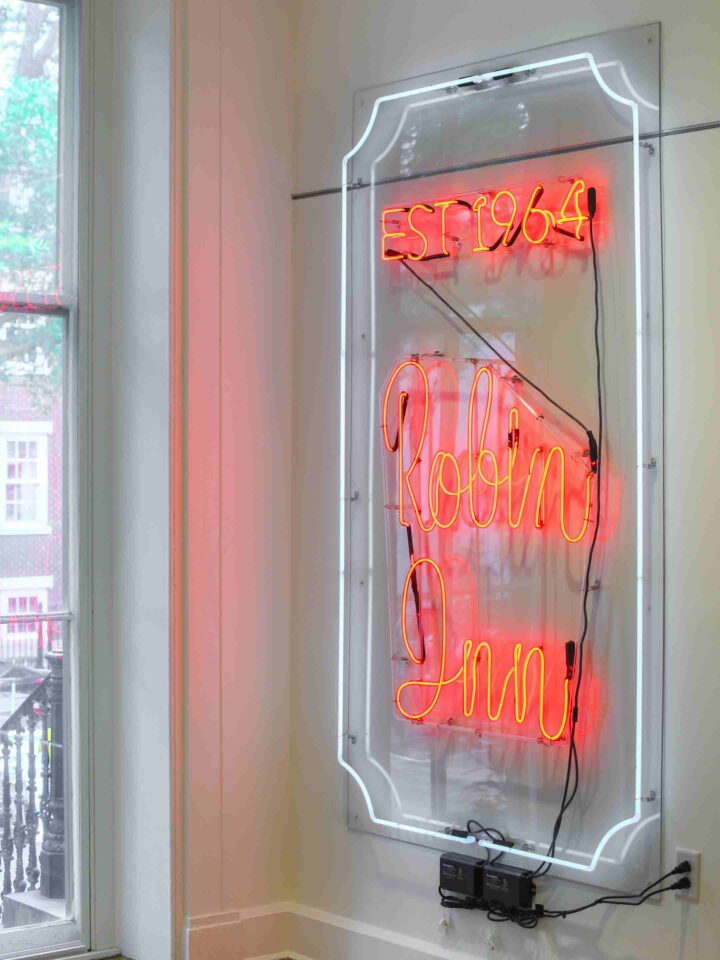
Featured Stories
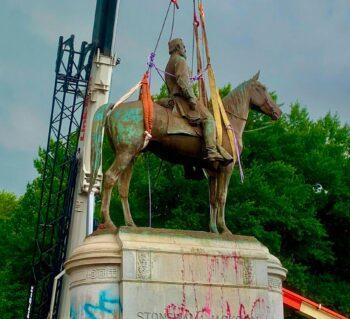
Monument Avenue: Thomas J. (Stonewall) Jackson Monument
The Thomas J. “Stonewall” Jackson Monument that went up on Monument Avenue in 1919 was the second sculpture to him in the City of Richmond.
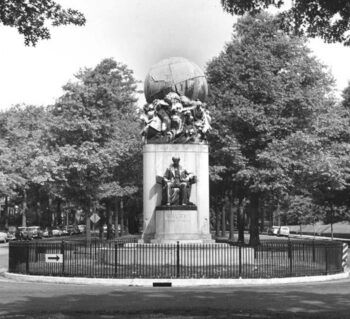
Monument Avenue: Matthew Fontaine Maury Monument
In December 1912, nearly 40 years after Matthew Fontaine Maury (1806-1873) died, Richmonder Gaston Lichtenstein authored a letter to the editor that “the capital of his own State ought to take pleasure in erecting a statue to his memory.”
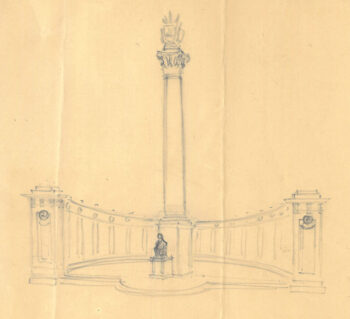
Monument Avenue: Jefferson Davis Monument
The United Daughters of the Confederacy were the main supporters of the Davis Monument and, in 2018, it was deemed the “most unabashedly Lost Cause in its design and sentiment.”
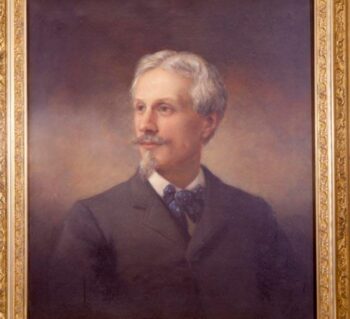
Edward V. Valentine
A Quick Look: Edward Virginius Valentine was a sculptor and former president of the Valentine Museum. His art spread the Lost Cause myth created after the Civil War.
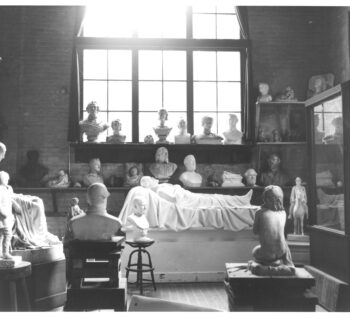
Edward Valentine’s Sculpture Studio
A Quick Look: For thirty-nine years, Edward V. Valentine created some of his most well-known sculptures in the carriage house turned studio at 809 East Leigh Street in Richmond.
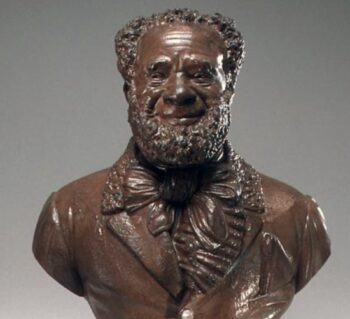
Edward Valentine’s Racist Caricatures
A Quick Look: Art in public and private spaces spread the Lost Cause myth after the Civil War. Explore three of Edward V. Valentine sculptures and their titles to see how these works promoted the ideas behind the Lost Cause.
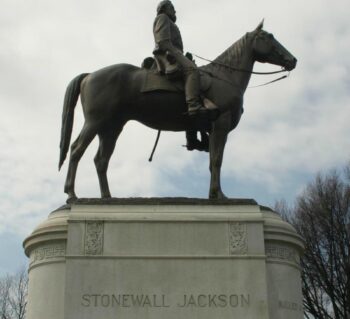
Richmond’s Monument Avenue: Memorializing the Lost Cause Myth
Richmond’s Confederate monuments on Monument Avenue supported the Lost Cause myth and dominated the city’s monumental landscape more than 130 years.
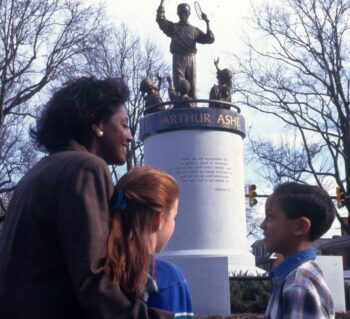
Arthur Ashe: Richmond History Maker
Arthur Ashe – a professional tennis player, an activist, a Richmonder.
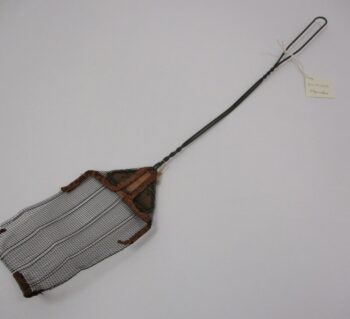
Sarah, The Fly Swatter
Thousands of dead flies were sent to the Richmond City Health Department in 1912.